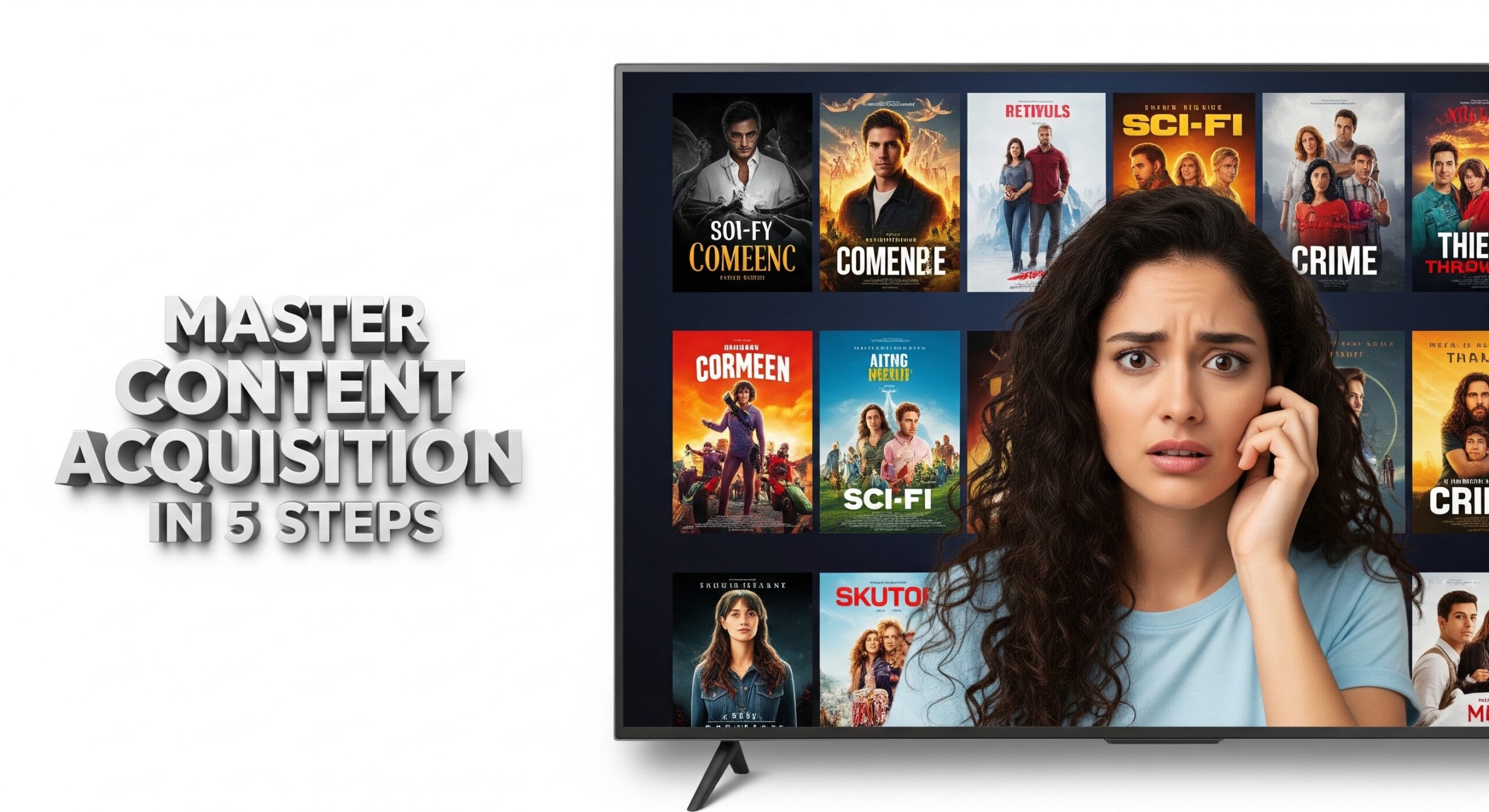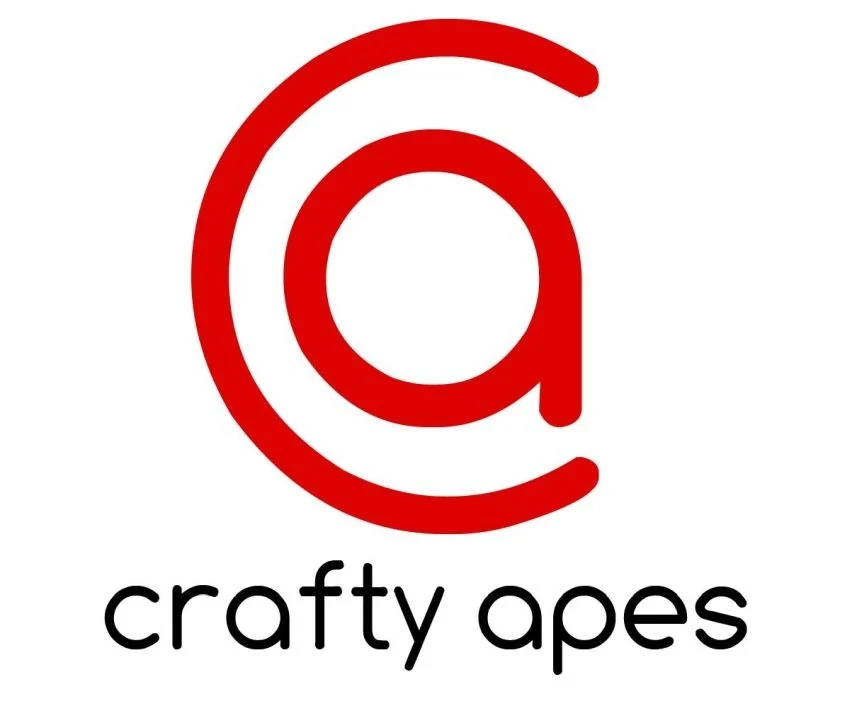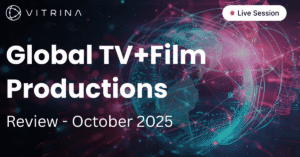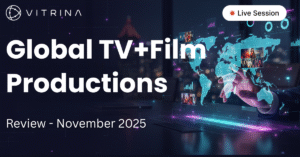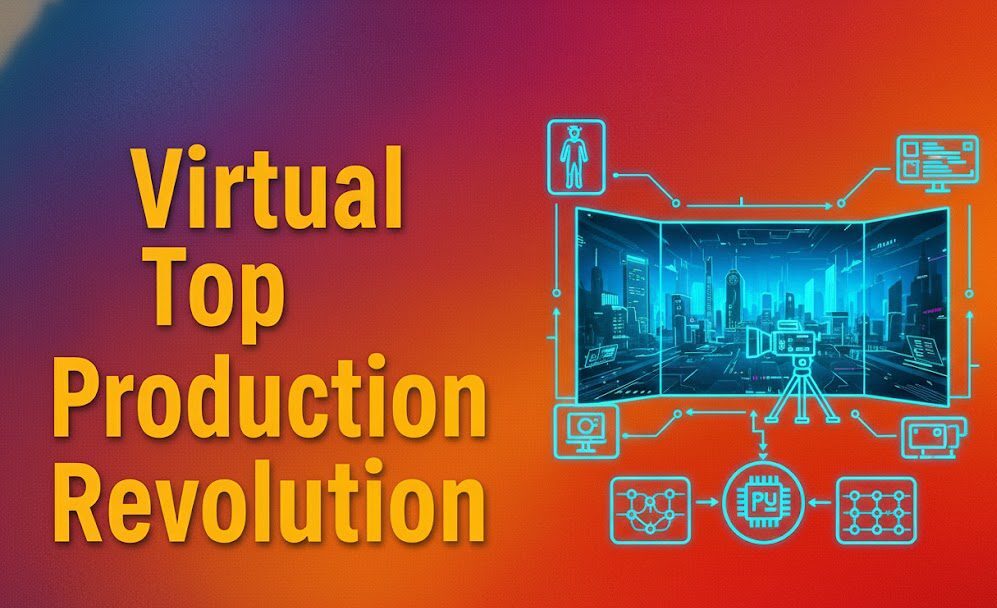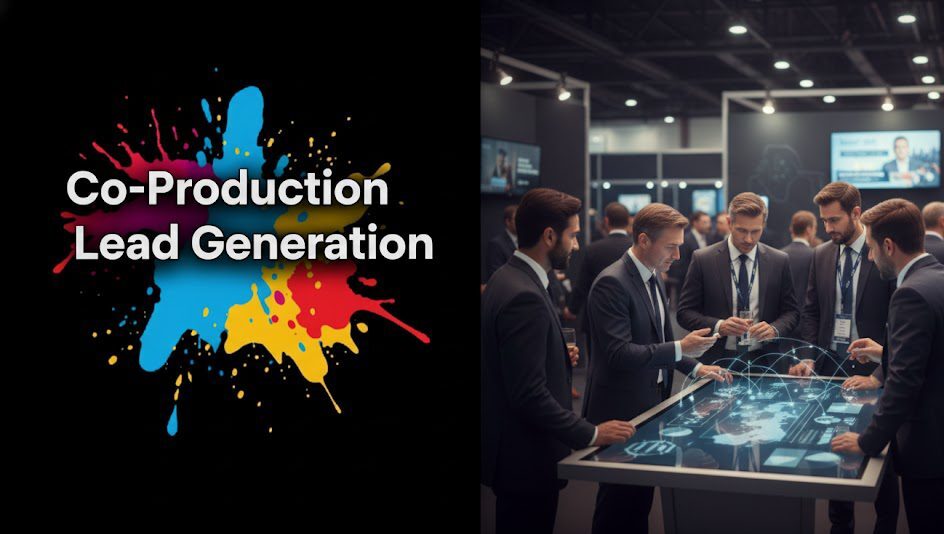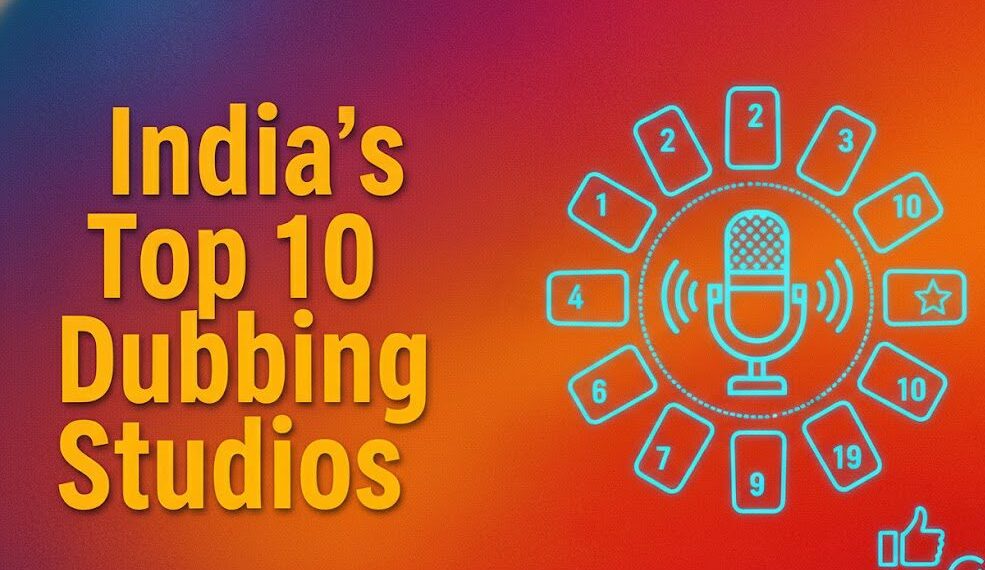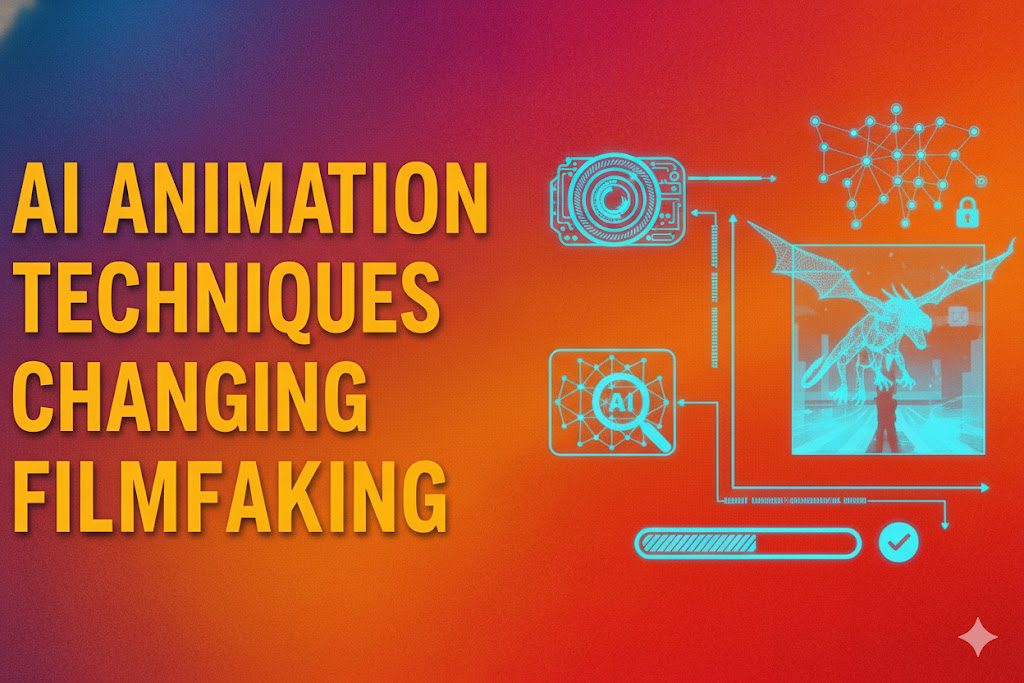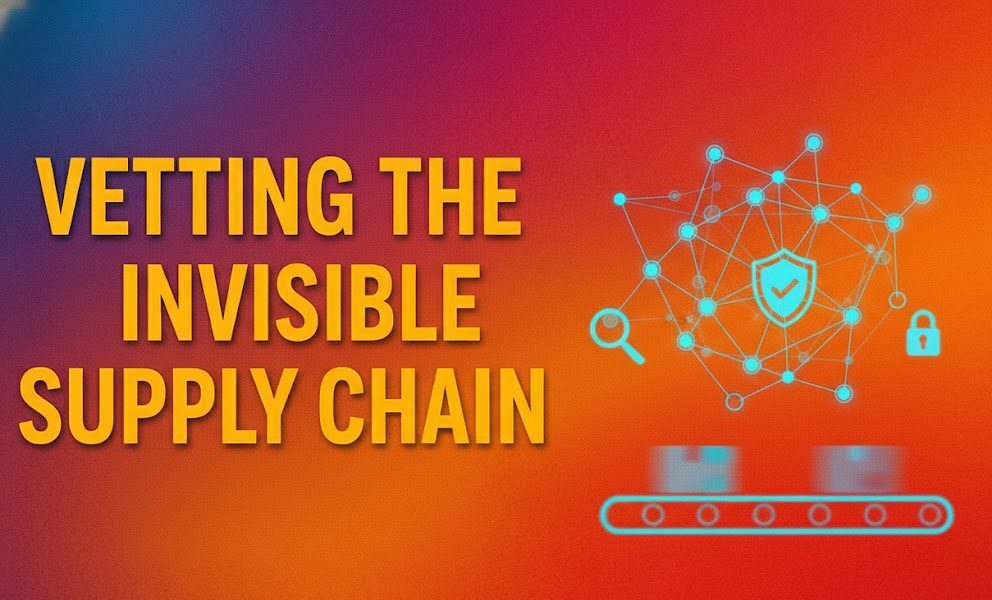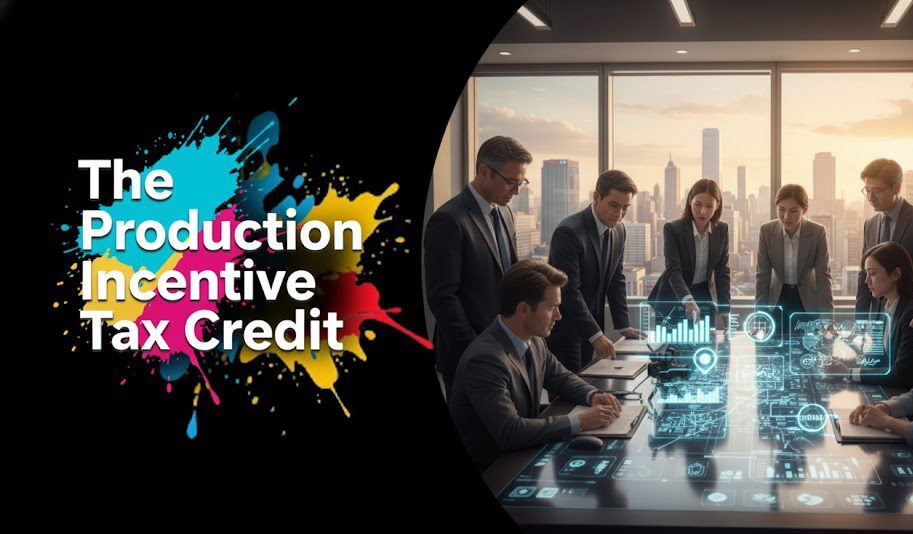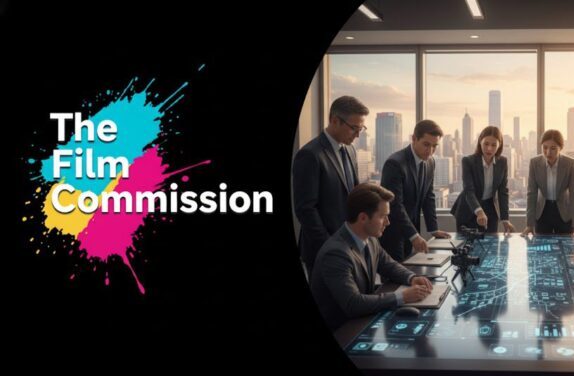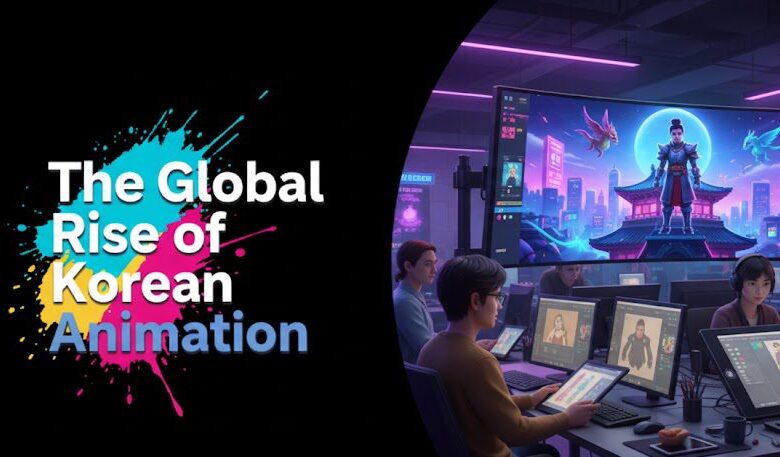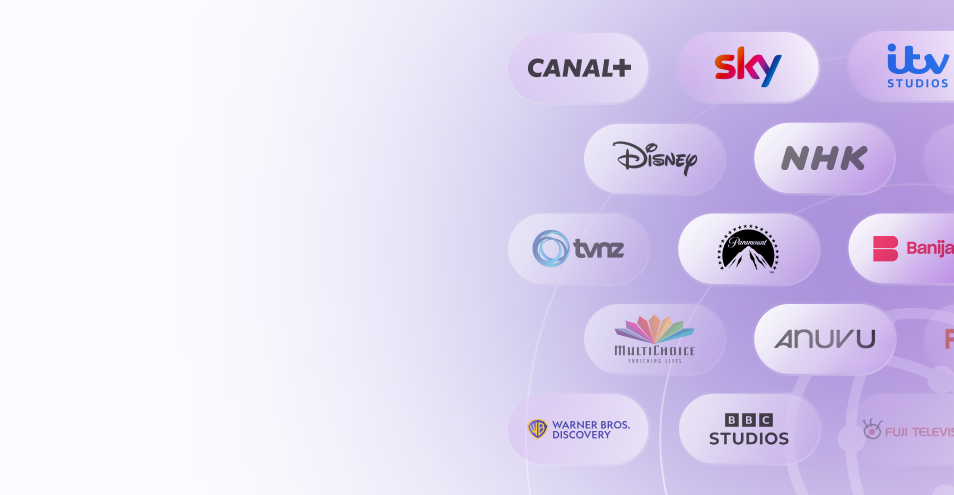Introduction
Feeding the beast. You’re in a constant battle to find programming that hooks viewers and keeps them coming back. Get it wrong, and you’re just another channel lost in the endless scroll.
Get it right, and you build a loyal audience that advertisers love. The secret is mastering content acquisition for FAST channels, and it’s not as complicated as you think.
You’re probably worried about overspending on content that flops or getting stuck in licensing deals that don’t deliver ROI. I get it. But what if you could de-risk the entire process? What if you had a clear, repeatable playbook?
In this post, I’m going to walk you through a 5-step strategy to acquire content that not only fills your schedule but actively grows your channel. Let’s dive in.
Table of content
- Introduction
- Key-Takeaways
- Step 1: Stop Guessing, Start Defining Your Audience
- Step 2: Understand the Money — FAST Licensing Models Explained
- Step 3: Build Your Content Sourcing Engine
- Step 4: Let Data Drive Your Decisions
- Step 5: Systemize Your Acquisition Workflow
- How Vitrina Accelerates Content Acquisition
- Conclusion
- FAQs
Key Takeaways
| Strategy | Key Action | Why It Matters |
|---|---|---|
| Define Your Niche | Create a detailed viewer persona and channel brand. | Stops you from acquiring generic content that appeals to no one. |
| Master Licensing Models | Prioritize Rev-Share deals to minimize upfront costs. | Aligns your costs with revenue, making your business model sustainable. |
| Build a Sourcing Pipeline | Identify and track content from distributors and aggregators. | Ensures you always have a fresh supply of on-brand content. |
| Use Data, Not Guesswork | Analyze performance data to inform acquisition choices. | Maximizes viewership and ad revenue by programming what works. |
| Streamline Your Workflow | Use a centralized platform to manage deals and discovery. | Saves hundreds of hours spent on manual tracking and outreach. |
Ready to build a winning FAST channel lineup?

Step 1: Stop Guessing, Start Defining Your Audience
Before you spend a single dollar on content, you need to know exactly who you’re buying it for. Most FAST channels fail because they try to be everything to everyone. Don’t be like them. Your goal is to be the go-to channel for a specific type of viewer.
Ask yourself:
- Who is my ideal viewer? Are they a 35-year-old true-crime fanatic? A 25-year-old looking for reality TV drama? A 50-year-old who loves classic Westerns? Get specific.
- What is my channel’s unique promise? Are you the “24/7 Horror Channel”? The “Home for International Cooking Shows”? The “Classic Sitcom Rewind”? Your brand promise dictates your content choices.
When you have a crystal-clear audience persona, every acquisition decision becomes 10x easier. You’re no longer just buying “a movie”; you’re buying “a 90s thriller that will resonate with my 40+ female audience.” See the difference? It’s the foundation of a successful content strategy.
Step 2: Understand the Money — FAST Licensing Models Explained
Content acquisition isn’t just about what you buy; it’s about how you buy it. The right licensing model protects your cash flow and maximizes your upside. For FAST, some models are much friendlier than others.
The Big Three Licensing Models
- Revenue Share (Rev-Share): This is the most common model in FAST, and for good reason. You pay little to no upfront fee. Instead, you split the advertising revenue with the content distributor. It’s a true partnership — you both make money when the content performs well. This should be your default model when starting out.
- Flat License Fee: Here, you pay a fixed price for the rights to air content for a specific period (e.g., $5,000 for 2 years). This can be risky if the content underperforms, as you’ve already sunk the cost. It’s more common for high-demand library titles or exclusive content.
- Hybrid Model: This is a mix of both — a smaller upfront fee plus a rev-share component. It can be a good compromise for securing popular content while sharing the risk and reward.
For 90% of new and growing FAST channels, a rev-share model is the smartest path. It allows you to build a large content library without a massive upfront investment. Your costs scale with your revenue.
Step 3: Build Your Content Sourcing Engine
Okay, you know your audience and you know your deal structure. Now, where do you actually find the content?
Relying on random inbound emails won’t work. You need a proactive sourcing strategy. Think of it like building a pipeline that constantly feeds you on-brand, affordable content opportunities.
Key Sources for FAST Content
- Major Studio Libraries: Studios like Paramount, Warner Bros., and Sony have vast libraries. They often license older film and TV shows to FAST platforms. These can be anchor content for your channel but may come with higher fees or stricter terms.
- Independent Distributors: These are gold mines for FAST channels. They represent thousands of films and series across every genre imaginable. They are often more flexible on terms and eager to partner on rev-share deals.
- Content Aggregators: Companies that bundle content from various sources, making it easier to license a large volume of programming at once. They are built for the FAST ecosystem and handle much of the technical delivery.
The key is to not just find them, but to track them. Who has the content that fits your niche?
Who is offering flexible rev-share deals? Keeping this information organized is critical. Platforms designed for the media supply chain, like Vitrina’s solutions, help you discover and monitor these partners efficiently.
Want to close content deals in days, not months?

Step 4: Let Data Drive Your Decisions
Here’s where the top 1% of FAST channels separate themselves from the rest. They don’t guess what to program; they use data.
Once your channel is live, you have access to a wealth of performance metrics. The most important one? Audience retention. Which shows do people watch all the way through? Which ones cause them to change the channel?
Use this data to create a feedback loop for your acquisition strategy:
- Double down on what works: If a certain genre (e.g., creature features) or actor is performing well, go find more content like it. Your data gives you a clear mandate.
- Identify content gaps: See where viewership drops off. This might indicate a need for a different type of content in that time slot.
- Test and measure: Use new content acquisitions as experiments. Program a new movie or series and watch the data closely. Did it lift viewership? If so, you have a new winning formula.
Data transforms your acquisition strategy from a high-risk gamble into a calculated investment in audience growth.
Step 5: Systemize Your Acquisition Workflow
Managing content acquisition via email, spreadsheets, and endless follow-ups is a recipe for burnout. It’s slow, messy, and things will fall through the cracks. You need a system.
A streamlined workflow should look something like this:
- Discovery: A centralized place to find new content and distributors.
- Tracking: A simple way to track deals in progress, from initial outreach to signed contracts. The Vitrina Project Tracker is an example of a tool built for this.
- Evaluation: A standardized process for reviewing screeners and checking content against your brand guidelines.
- Onboarding: A clear workflow for receiving marketing assets, metadata, and video files from the distributor.
When you systemize this process, you free up your time to focus on high-value tasks like building distributor relationships and analyzing performance, instead of being buried in admin.
How Vitrina Accelerates Content Acquisition
Tired of the endless manual search? This is exactly why Vitrina exists.
We’re not just a database; we’re an AI-powered marketplace designed to make content acquisition for FAST channels dramatically simpler.
Our platform connects you with over 6,000 global suppliers and provides intelligence on over 20 million film and TV titles.
Instead of spending weeks searching for partners and content, you can use Vitrina to discover on-brand programming, identify partners open to rev-share, and manage your entire acquisition pipeline in one place. It transforms a chaotic process into a streamlined, data-driven operation.
Conclusion
Mastering content acquisition for FAST channels isn’t about having the biggest budget. It’s about having the smartest strategy. It starts with obsessing over your audience, continues with smart deal-making, and scales with data and efficient systems.
By following these five steps — defining your niche, mastering licensing, building a sourcing pipeline, using data, and systemizing your workflow — you move from being a reactive content buyer to a proactive channel builder. You stop feeding the beast and start building an asset.
What’s the first strategy you’re going to try? Let me know in the comments.
Ready to stop searching and start acquiring? Build your content pipeline with the world’s largest entertainment supply chain platform. Get your Vitrina Membership today!
Frequently Asked Questions
For most channels, the cost is structured as a revenue share (e.g., a 50/50 split of ad revenue), so there’s no upfront fee. For premium or exclusive content, flat license fees can range from a few thousand to tens of thousands of dollars per title per year.
A distributor typically represents a specific catalog of content they own or have rights to. An aggregator bundles content from many different distributors and rights holders, often providing a one-stop-shop solution with technical delivery included, which is ideal for FAST.
There’s no magic number, but a common target is 100-200 hours of content to create a compelling 24/7 linear loop without too much repetition. The key is quality and brand fit, not just volume.
This used to require extensive networking. Now, marketplaces like Vitrina are the best resource. You can filter for distributors and content that are available under rev-share models, saving you countless hours of outreach and negotiation.


